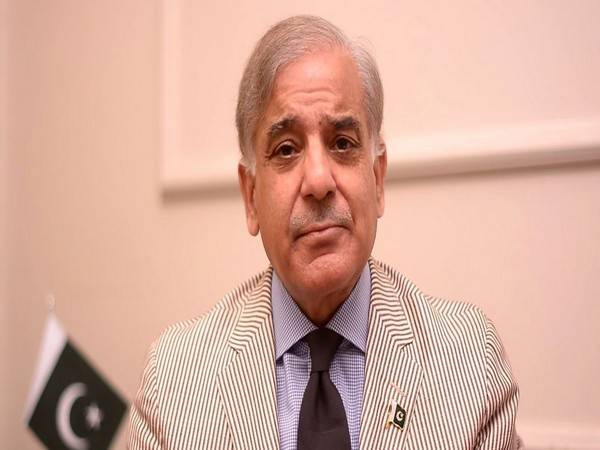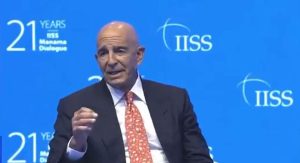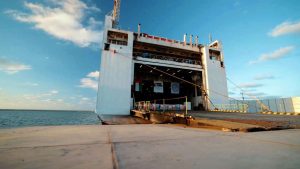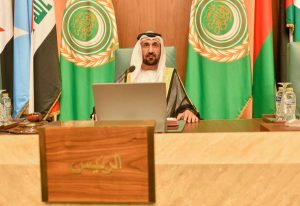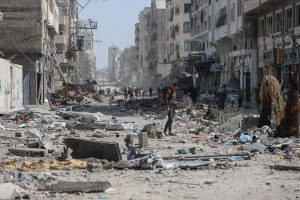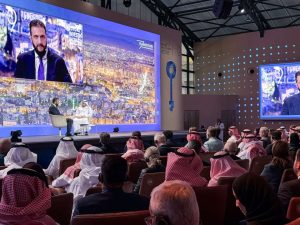Pakistan’s economy continues to struggle as it continues to borrow money to pay off the debts it had taken earlier. Due to this vicious cycle of debt and partial payments, the economy has been spiralling out of control, and a financial catastrophe has been brewing for some time … writes Dr Sakariya Kareem
Pakistan’s Prime Minister Shehbaz Sharif last week announced a ‘petroleum relief package’ for the low-income segment people. But making petrol cheaper for the poor has a catch – Rich people in Pakistan will be charged Rs 100 extra for one-litre petrol!
Pakistan’s foreign exchange reserves dropped to $5.6 billion — the lowest in almost nine years and enough to cover less than one month of imports. The deteriorating economic outlook triggered downgrades, forcing authorities to announce austerity measures to reduce energy bills and save dollars. Pakistan’s economy continues to struggle as it continues to borrow money to pay off the debts it had taken earlier. Due to this vicious cycle of debt and partial payments, the economy has been spiralling out of control, and a financial catastrophe has been brewing for some time. The country’s total circular debt stood at Pak Rs2.523 trillion at the end of the last fiscal year in June 2022.

Pakistan faces a severe cash crunch, with foreign exchange reserves depleting to an all time low of $4.301 billion by the week ended March 03, 2023. This decline has left no space for the government to pay back its foreign debts without borrowing more from friendly countries.
Tough IMF Negotiations:
As Pakistan grapples with economic challenges, the IMF’s $6.5 billion bailout programme remains in limbo despite the Pakistan Democratic Movement (PDM) government’s desperate attempts to provide the country with much-needed financial stability. The IMF has imposed stricter requirements for resuming the loan program for Pakistan. The IMF and Pakistan signed a $6 billion bailout in 2019, which was topped up with another $1.1 billion last year, but that came with conditions attached, aimed at reducing the budget deficit before the loan is released.
The release of the IMF money will help attract some forex funds from foreign commercial and investment banks and from friendly states, including Saudi Arabia, China and the UAE.
Pakistan has long been relying on the IMF for a balance of payments support and harsh conditions imposed every time by the Fund are nothing new for Pakistanis. With a total of 22 IMF programmes, Pakistan has stayed under the multilateral lender’s shadow most of its independent life. But this time around, the IMF conditions appear to be too difficult. Not meeting all the commitments frequently has also led to a harsher IMF attitude.
No friendly country has offered less painful bailouts too. This left Islamabad with no option but to heed its demand. “We’re at the end of the road. The government has to make the political case to the public for meeting these (IMF) demands,” former World Bank economist Abid Hasan told reporters. “If they don’t, the country will certainly default and we’ll end up like Sri Lanka, which will be even worse.”
Pakistan is in dire need of sustained US dollar inflows to avoid defaulting on nearly $80bn of international loan repayments over the next three and a half years. The country is currently sitting on just $3bn in foreign exchange reserves. Islamabad is desperately seeking support from Washington to unlock the stalled International Monetary Fund (IMF) programme that would release $1.1 billion to its strained economy.
Friendly Nations Hesitate:
In the past Pakistan has always relied on friendly nations to tide over economic crises. In fact Saudi financial bailouts were a regular affair for Pakistan for several decades. Besides, Saudi Arabia provided fossil fuel to Pakistan on a long-term credit. This time around as well, Saudi Arabia last month extended a loan of $3 billion at 4 percent to Pakistan last year. But lately it has refused to provide any more easy financial bailout or interest-free loans to Pakistan, unlike in the past. It has made clear that any further extension of loans would hinge upon Pakistan signing a deal with the IMF. The Kingdom’s decision to refuse to provide any further bailouts or interest-free loans to Pakistan has left the government in Islamabad in shock. In fact Riyadh has conditioned fresh interest-bearing loans and investment on Pakistan implementing strict monetary and fiscal reforms along with a drastic reduction in its current account deficit conditions similar to those set by the IMF.
If the IMF loan agreement isn’t struck soon, Pakistan will find it increasingly difficult to secure international loans, as its credit rating has been downgraded to junk. IMF has now asked Islamabad to provide external financing assurances before it takes the next step with Pakistan to release the bailout tranche.
Chinese Debt Trap:
Only China, which owns around 30 percent of Pakistan’s external debt, and is its largest creditor has been forthcoming to extend the latter a loan. Pakistan will receive a $1.3 billion loan rollover from Industrial and Commercial Bank of China (ICBC), taking the total relief to $2 billion for the nation that is seen at risk of a default. The ICBC has approved the rollover of existing debt and actual inflows will be made available to Pakistan in three timely instalments, the first of which amounting to $500 million has already been received by the Central Bank of Pakistan. Pakistan had already repaid the loan taken from ICBC in recent months, and now the Chinese bank is returning the money to Pakistan, rolling over the loan for a further period. Chinese loans have always been high on interest. The Chinese loans are extended at 4 per cent interest rates, which is almost four times higher than other international lending bodies.
Thus, making it difficult for the countries to continue repayment. Further the loans which China extends have never been very benign in nature and have been accompanied by major geopolitical leverage. The most recent and prominent example of this leverage being Sri Lanka and the outcome of the Hambantota Port which is leased to China for a period of 99 years and 70 percent stakes, in 2017. The lease has a clause which calls for an extension by another 99 years if the loans are not paid.
Meanwhile the Chinese loan to Islamabad has made Washington deeply uneasy. Donald Lu, Assistant Secretary of State for South and Central Asia, told reporters, “Concerning Chinese loans to countries in India’s immediate neighbourhood, we are deeply concerned that loans may be used for coercive leverage.”
Moreover, average overseas Pakistanis who finance the expenses of their families in Pakistan may remit even lesser volumes of foreign exchange if they don’t want an increase in these expenses in rupee terms. Pakistan’s current economic situation is evidence of the unrelenting issues in the structure of the economy, and the country’s financial elite largely remains engaged in securing different subsidies, even if it makes the country borrow more and add to the existing debt.

